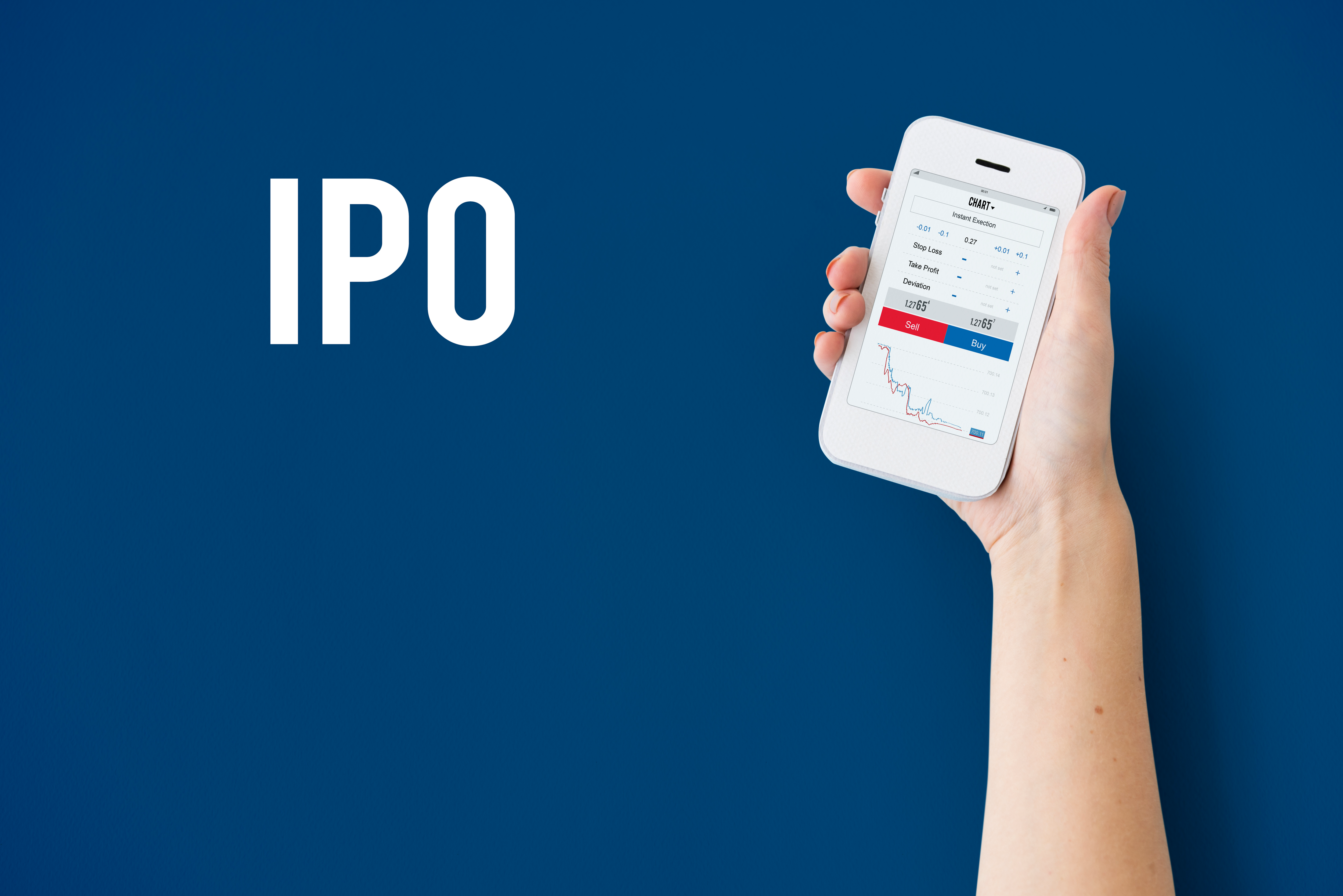
Want a front-row spot for a company’s big debut? Read on. Buying shares in an IPO means you own stock when a company first sells shares to the public, usually before most people notice and prices settle. Instead of following headlines or hot stocks, this method is about careful choices. Understanding the IPO investment meaning helps you look past the hype, judge growth chances, and find matches for your long-term plan.
This guide strips away the clutter and gives a simple, step-by-step path for why an upcoming IPO to invest in might fit your portfolio. You’ll get a handy checklist to review listings, basic rules to cut risk, and clear steps you can act on right away, and some examples. By the end, you’ll know what truly matters.
Why IPOs deserve a second look
When a company lists, everyday investors get a chance to buy at the offer price. That chance often shows clearer values than private funding rounds. IPOs can give early gains, but upside is a possibility, not a guarantee. If you want a quick definition, the IPO investment meaning is buying into a company at its public debut. Focus on access, disclosure, and whether the business can grow.
Clear advantages (real, not marketing)
Early access to growth: Buying at or near the offer price means you are set for the company’s next stage. It’s central to any upcoming IPO to invest.
Public reporting: Public companies share audited results and regular updates, so tracking their progress is easier.
Liquidity option: Shares on an exchange are simpler to buy and sell than private stakes.
Diversification tool: Picking IPOs selectively adds exposure to sectors you might not otherwise reach.
How to spot a good listing: A practical checklist
Here are clear checkpoints you can use quickly before applying. When you narrow down candidates, mark any upcoming IPO to invest in that meet at least four checkpoints:
Business Model — The company should sell repeatable products or services that keep demand steady.
Profit Potential — Check that the business has enough cash and a clear route to profit.
Market Opportunity — The company should have room to grow beyond its current niche.
Management Team — Judge whether the founders and leaders have a proven record of delivery.
Pricing & Allocation — Weigh the offer price versus peers and review recent financials to judge fairness.
Risk Management Made Easy for IPO Investors
IPOs move up and down, but you can lower that risk by using simple, practical rules instead of luck. A clear plan protects your money and keeps your approach steady.
Limit Exposure: Put only a small share of your portfolio into each IPO so you don’t get too concentrated.
Spread Applications: Apply to several IPOs in different sectors rather than betting everything on one listing.
Set Exit Rules: Decide ahead of time when you will sell, whether at a target gain or if the basics worsen.
Avoid Borrowing: Don’t use margin or borrowed money to join an IPO.
Monitor Performance: Watch how your IPOs do and change future bets as needed.
Timing and strategy: What to actually do
Discipline beats perfect timing when dealing with IPOs. Try these three practical plans:
Buy and Hold: For IPOs with clear long-term potential, keep shares through early swings to capture growth.
Short-Term Flip: If you want listing-day gains, accept more risk and keep your stake small to protect capital.
Hybrid Approach: Start with a small stake at listing and only add more if quarterly results show the company is growing.
Watch Out: Mistakes That Can Hurt Your Returns
Even skilled investors can make mistakes with IPOs. Knowing common pitfalls helps protect your money and improve decisions.
Chasing Hype — Don’t apply to every popular IPO without checking the basics.
Following Celebrities — Don’t mistake endorsements or media buzz for real company strength.
Overconcentration — Don’t put too much into one sector or IPO, since that raises risk.
Ignoring Lock-Ins — Watch for lock-in periods that stop early selling and hurt liquidity.
Why Choose Finnpick for Your IPO Investments?
IPOs are tricky without the right tools and facts. Finnpick makes the process easier, giving clear, timely data so you can decide with confidence. Here are reasons it helps investors watch offerings.
Comprehensive IPO Listings: Finnpick gathers all active and upcoming IPOs in one place, cutting down your work.
Real-Time Updates: Get instant alerts on allotments, price ranges, and deadlines so you don’t miss key dates.
Easy Comparisons: Compare IPO prices, financials, and sector trends to spot the best fits.
User-Friendly Dashboard: Track your applications, see results, and review performance with a simple, clear interface.
Research Insights: Find key company facts, growth measures, and past trends to back your decisions.
How to evaluate the numbers (short primer)
Start with revenue growth, margin trends, and cash flow, that’s the core of IPO investment meaning in practice. Compare growth rates with industry peers. Watch accounting notes (and footnotes) that hide repeat costs and charges. High growth matters only if the path to profit is believable.
A simple action plan for first-timers
Pick three IPOs that meet your checklist, then choose one upcoming IPO to invest in as a starter position.
Decide allocation per IPO (for example, 1–3% of investable capital).
Use a reliable platform like Finnpick to apply and follow allotment.
Check results at the first quarterly report and adjust your holding.
Claim Your Edge in the IPO Market
IPOs reward preparation more than luck. Keep a checklist, limit how much you put into any single listing, and set exit rules before you buy. Treat each IPO as a chance to learn: celebrate correct calls, study mistakes, and tweak your approach.
To make this process easier, platforms like Finnpick help you track filings, allotments, price bands, and results in one place so you don’t miss important dates. Start small, avoid leverage, and focus on companies with solid revenue growth and steady management. Over time, disciplined IPO participation can add meaningful growth exposure while keeping risk manageable. Ready to start your IPO journey? Sign up on Finnpick today and stay ahead of upcoming opportunities.






